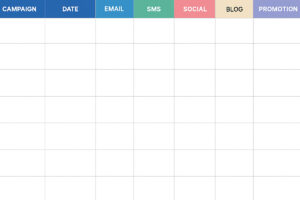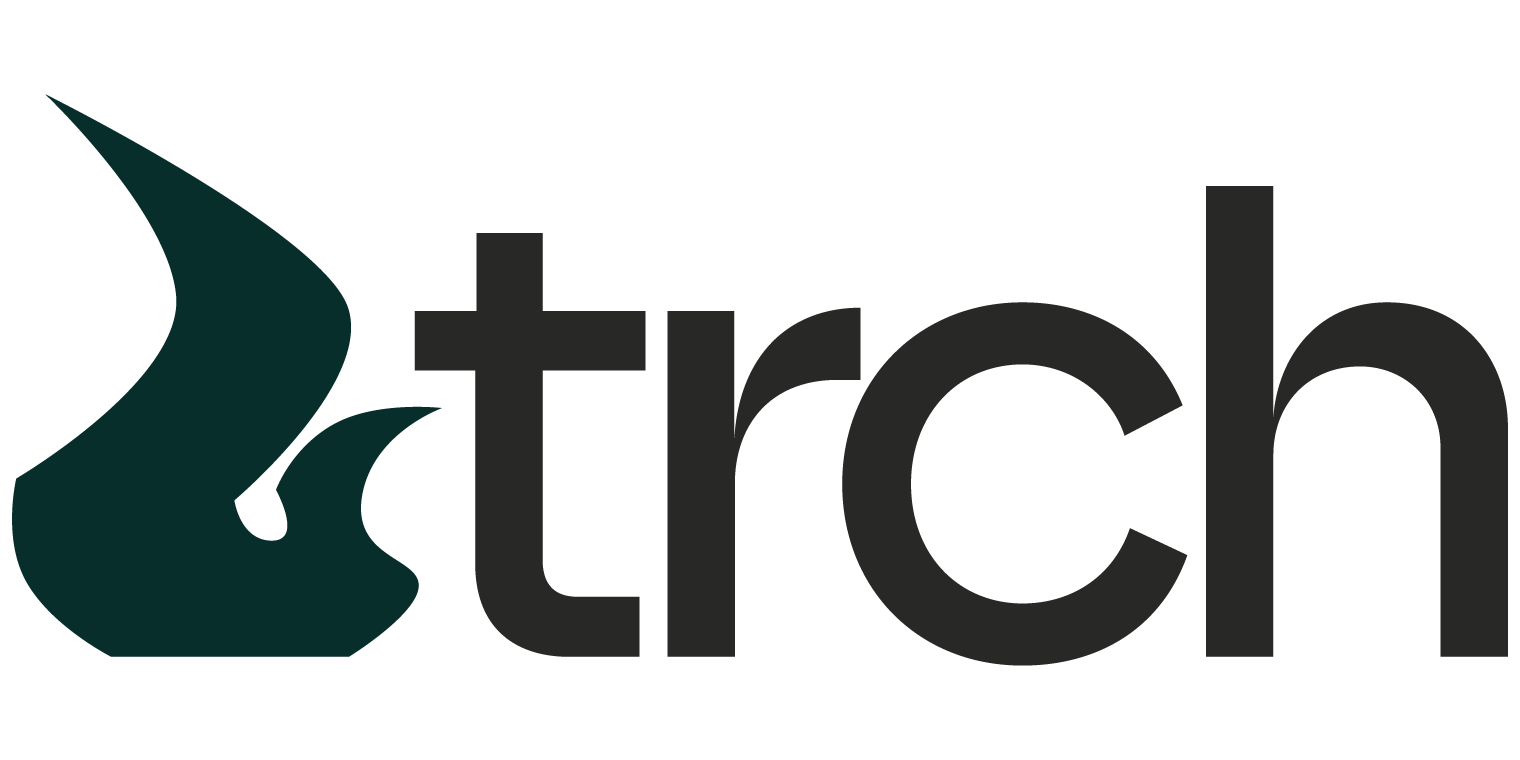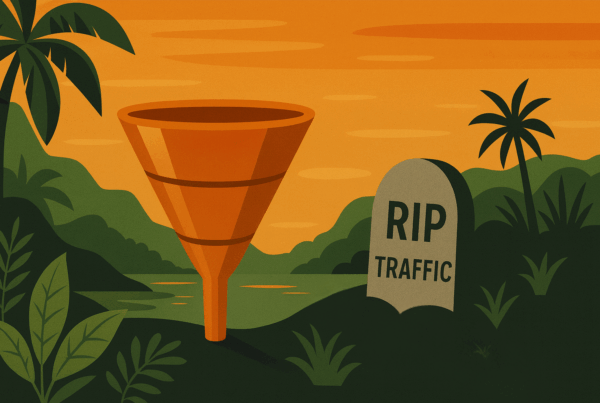If you’re googling “content calendar template,” chances are your current content efforts feel more like a scramble than a strategy. Been there. Done that. Got the engagement rate to prove it.
But here’s the thing: a real content calendar—the kind that actually drives results—isn’t just a Google Sheet of Instagram captions. It’s a campaign-driven machine that ties together every channel you use: email, SMS, social, blog, website, even that dusty popup modal you keep forgetting about.
Let’s break down how to build a content calendar template that doesn’t just look pretty—but performs.
Why a Content Calendar Template Is Your Marketing MVP
A true content calendar template brings clarity, consistency, and coordination. It unites your team, channels, and campaign objectives into a single, living system. No more rogue emails. No more overlapping promos. No more wondering what’s going live tomorrow.
Instead, it turns chaos into campaigns—and campaigns into conversions.
How to Build a Content Calendar Template That Works (and Keeps Working)
You don’t need another downloadable with fake holidays and “fun facts.” You need a system. One that turns your business goals into integrated, measurable campaigns.
1. Start With Strategy, Not Social
Before you plug in dates, zoom out. What are you actually trying to accomplish?
- Drive qualified leads?
- Launch a new service?
- Boost client retention?
Every campaign starts with the business objective. Then you reverse-engineer the creative, cadence, and channels.
2. Choose a Campaign Structure That Supports Scale
Your content calendar template should organize content around campaigns, not just channels.
For example:
- Campaign Name: Spring Client Reengagement
- Objective: Increase client check-ins by 30%
- Channels: Email, SMS, LinkedIn, Blog, Website Banner
- Key Dates: Promo starts April 15, ends May 1
- Content Assets: 2 emails, 3 social posts, 1 blog, 1 banner, 1 SMS
A campaign-oriented approach allows you to stack efforts across platforms while staying focused.
What to Include in Your Content Calendar Template
Your content calendar template should include more than post copy and publish dates.
Here’s what the pros use:
- Campaign name
- Status (draft, in review, scheduled, live)
- Publish date
- Channel(s)
- Asset type (email, blog, IG Reel, etc.)
- Responsible owner
- Link to creative/copy
- Performance goals (opens, clicks, form fills, sales)
Bonus points if you tag themes like “education,” “promo,” or “brand moment.” This helps balance your content mix and spot gaps.
 Sync Every Channel (No Lone Wolves Allowed)
Sync Every Channel (No Lone Wolves Allowed)
A high-performing content calendar template ties in every channel your brand touches. This is where most marketers drop the ball.
Tease, deliver, and follow up your campaign with a strategic sequence—not one-off blasts.
SMS
Use for urgency, flash sales, or day-of reminders. Add to the template so timing aligns with other touchpoints.
Social
Stagger formats across platforms, but keep messaging aligned. Plan content series alongside key campaign milestones.
Blog
Each campaign deserves a deeper dive. Use blog content to boost SEO, educate readers, and increase time on site.
Website UI
What’s the first thing a visitor sees when they land on your homepage? Update your hero banners, promo bars, and modals to support active campaigns.
Pro Tips to Optimize Your Content Calendar Template
- Color-code by campaign or channel for quick scanning
- Add a performance column to evaluate ROI post-campaign
- Include space for internal notes—like “CTA underperformed” or “great engagement from SMS list”
- Build in review cycles to audit outdated campaigns or seasonal mismatches
- Automate reminders and deadlines using tools like Asana, ClickUp, or Notion
Keep Evolving Your Calendar
The best content calendars aren’t static—they evolve alongside your campaigns. Regularly revisit what’s working, what’s outdated, and what’s getting overlooked. Small tweaks, like adjusting cadence or surfacing underperforming assets, can have a big impact.
Your calendar should make strategy easier to execute, not harder. Make it your central nervous system—not just a checklist.






